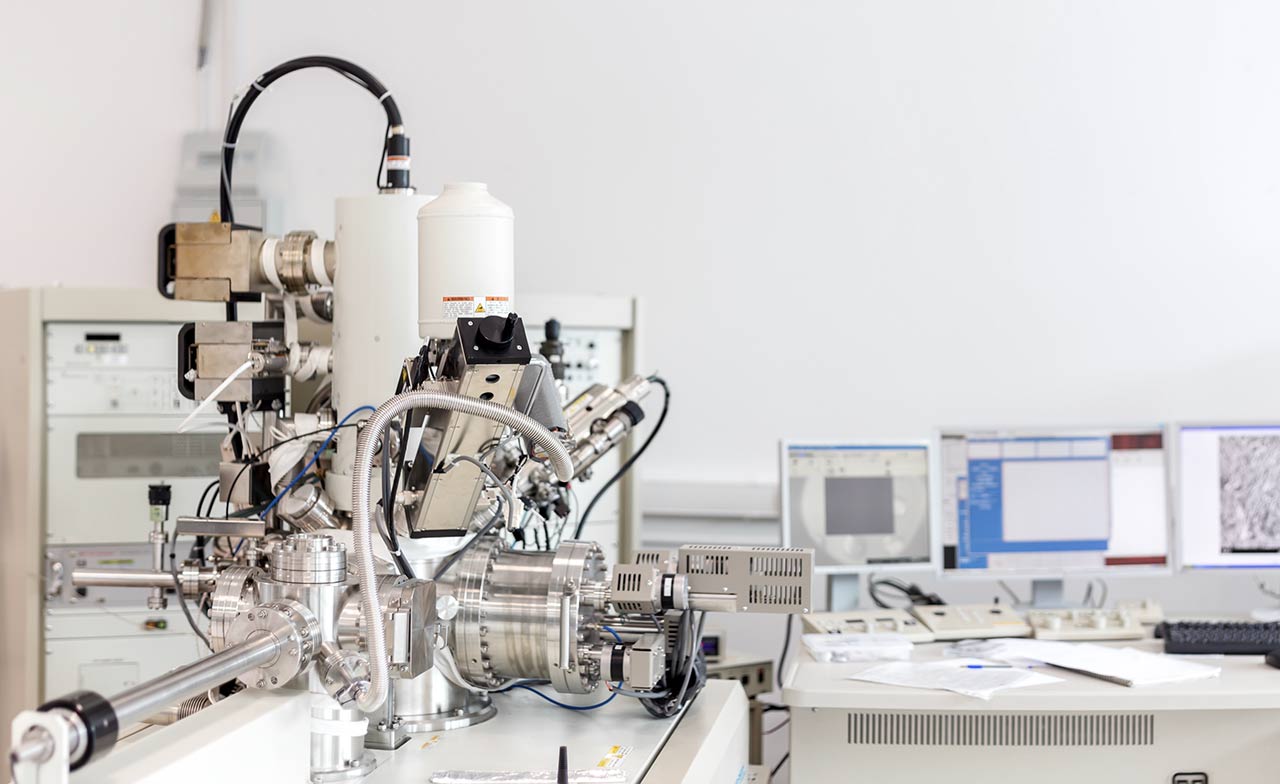What are the differences between muskrats and voles?
Muskrats, voles, and how the two can be distinguished.
Question
What are the differences between muskrats and voles?
Answer
‘Vole’ is a name applied to around 150 species of small rodents which make up a large part of the subfamily Arvicolinae (which also includes several distinct tribes of lemmings, mole voles, and the Florida water rat). They are related to mice, but possess a shorter, furrier tail, a rounder head and smaller eyes and ears. Although generally quite small, the largest vole, the European water vole, can reach over 20cm in length.
The muskrat is a medium-sized rodent native to North America, but has since been introduced to South America, Asia and Europe. They are amphibious, or semi-aquatic, and are most at home in wetlands, where they clear vegetation and construct burrows or domed nests, similar to those of a beaver, although smaller. Despite their name, the musk rat is not a true rat. Although only composing a single species (Ondatra zibethicus), its phylogenetic position has been debated. It has often been placed in its own subfamily or tribe (Ondatriniae or Ondatrini respectively), and has occasionally been included within the Arvicolinae. A number of recent genetic analyses have placed them outside of the Arvicolinae however, with the Siberian brown lemming as their closest relative.
Musk rats can be distinguished from voles by a variety of features. They are much larger than any voles, on occasion reaching 70cm long (although half of that is its tail), and up to 2 kg in weight (equivalent to around four brown rats). Their tail is very distinctive, being scaly and flattened vertically to aid in swimming. The hind feet are semiwebbed, and furnished with ‘swimming fringes’; closely packed, stiffened hairs along the web edges, adding to their efficiency. Their teeth are also distinct, covered in a very thick layer of orange enamel on the outer surface, making that side more hardwearing.
References
Galewski, T., Tilak, M., Sanchez, S., Chevret, P., Paradis, E., and Douzery, E. 2006. The evolutionary radiation of Arvicolinae rodents (voles and lemmings): relative contribution of nuclear and mitochondrial DNA phylogenies. BMC Evolutionary Biology. Vol 6, Issue 80
Naish, D., 2014. A Brief History of Muskrats [Online] Available at: http://blogs.scientificamerican.com/tetrapod-zoology/a-brief-history-of-muskrats/ [accessed 26/09/2016]
Robovský, J., ŘIčánková, V. and Zrzavý, J., 2008. Phylogeny of Arvicolinae (Mammalia, Cricetidae): utility of morphological and molecular data sets in a recently radiating clade. Zoologica Scripta, Vol 37, Issue 6, pp 571-590
